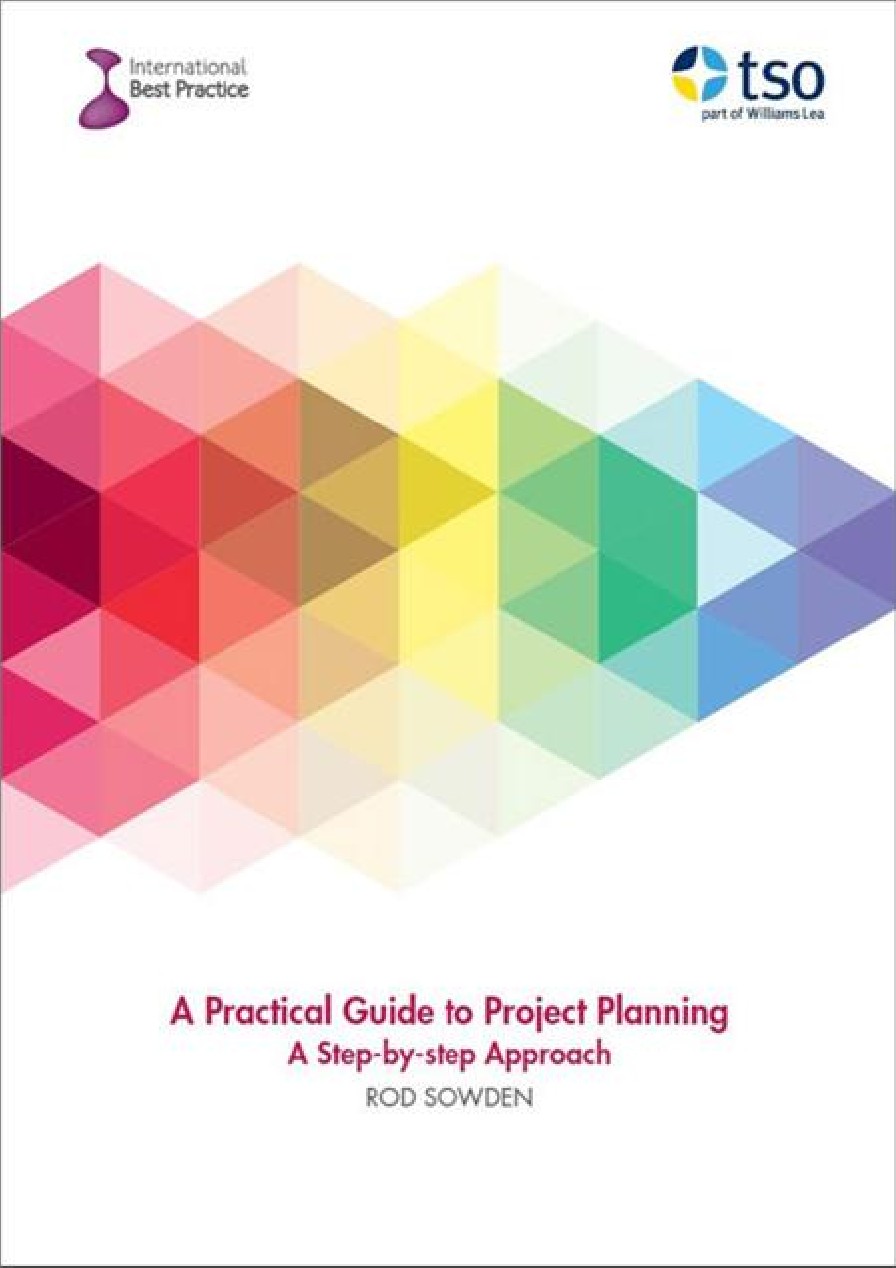eLearning Log in
Login here using your username and password
How do I engage project stakeholders?
Introduction
As part of establishing the objectives, you should have been able to identify the main groups and individuals who will initially be part of the project and involved with establishing requirements.
Firstly, stakeholder analysis should answer the following questions:
- Who are the stakeholders and how should we group them? Perhaps they fall into groups such as those in change governance, those who will be the users who will eventually accrue the benefits, and those who may be suppliers and influencers, such as the media or lobby groups.
- How does the change affect them and what do they need to know? They may be victims or beneficiaries (winners or losers).
- Are they supporters or opponents of the change (supporters or blockers)?
Tip
One of the biggest obstacles that a project can face is a lack of willingness to engage. You therefore need to focus communications on trying to answer the question ‘What is in it for you?’.

This extract has been reproduced with permission from A Practical Guide to Project Planning, TSO 2016. If you’d like to read more you can purchase the copy of the book here.
Once this information has been gathered the communications planning can take place. Different individuals and groups will be at different stages of awareness about the change. Therefore, your communications will need to take them through the stages shown in Table below as necessary.
Communications stages

Technique
The concept is based on market segmentation and understanding the relationship between customer groups and products. It is a very powerful ‘at a glance’ view of the stakeholder environment.
The stakeholder map is a matrix where the stakeholders are recorded and their relationship with the major changes is illustrated. There are many ways to enhance the map with additional information in the cells including colour coding, comments etc.
The map should be maintained as part of the normal management information and changes should be tracked as part of the communications plan.
The technique is also used to work out which power/importance area stakeholders occupy and what communications are appropriate, as listed below:
- Very high power/very high importance: For these stakeholders face-to-face (1:1) conversations will be worthwhile.
- High power/high importance: These stakeholders will benefit from active consultation (one to many) such as questionnaires, focus groups or workshops.
- Medium power/medium importance: For these stakeholders more passive consultation (one to many) such as presentations supplemented by question-and-answer sessions may be appropriate.
- Low power/low importance: Here communication is either by telling/broadcasting (‘pushing’) information or relies on stakeholders ‘pulling’ information from physical or virtual notice boards.
Once you have established the appropriate communications with the stakeholders there are three main techniques that you can apply for gathering information. These are:
- Questionnaires: This is a good way of gathering general information and views about what is required.
- Workshops: These can be used to consolidate the information, views and opinions and solve problems.
- One-to-one interviews: Such interviews are very useful for extracting specific information and dealing with stakeholders who are more sensitive, have overriding priorities or may need persuasion to provide support.
Example
The matrix in Table 2.3 shows the levels of support of each group of stakeholders for the objectives of the example training course project.

Stakeholder support for the training course project’s objectives From this kind of matrix, you can quickly see the objectives of the project which are popular and unpopular with different groups, and this will help you develop your communications plan and understand the level of risk being faced.
